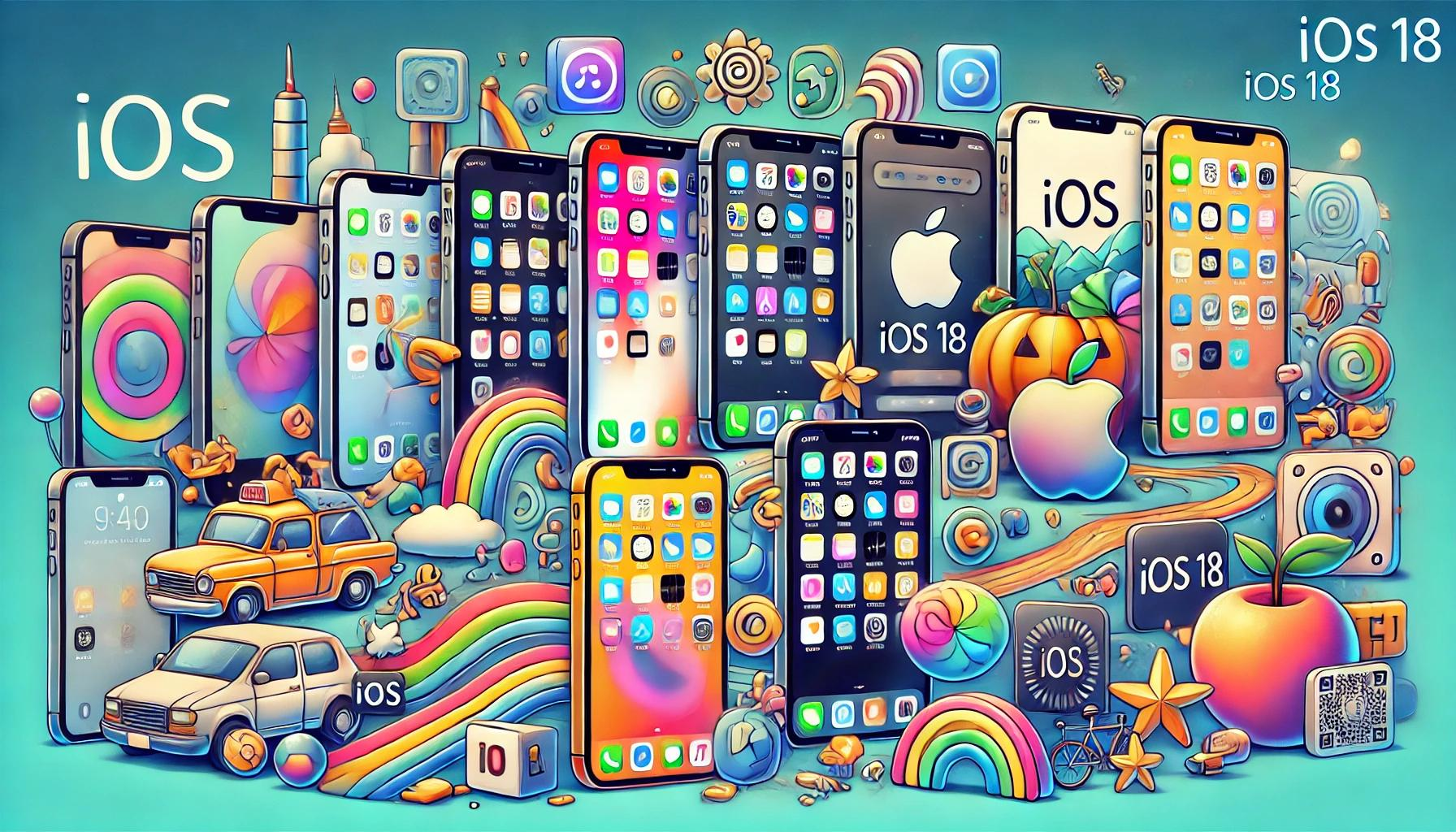As the release of iOS 18 draws near, Apple’s mobile operating system is once again in the spotlight. As one of the world’s most popular operating systems, each iOS update garners widespread attention from both users and developers. Looking back at the major updates in previous iOS versions not only allows us to appreciate Apple’s continuous innovation but also helps us better understand the potential changes that the upcoming iOS 18 might bring.

Starting with the initial iOS 1, Apple set a new standard for smartphone operating systems. Released in 2007 with the first-generation iPhone, iOS 1 (then known as iPhone OS) was relatively simple in terms of functionality, but it established the foundational operations for smartphones: touch screen navigation, multitasking, and app management. The subsequent iOS 2 introduced the App Store, enabling third-party developers to create and distribute their apps, which revolutionized the mobile app market.
The release of iOS 3 brought the much-anticipated copy, cut, and paste functions, significantly enhancing user efficiency. Meanwhile, iOS 4’s multitasking feature further boosted the productivity of the iPhone, allowing users to switch seamlessly between different apps. iOS 5 introduced the Notification Center and iCloud, improving notification management and making data synchronization more seamless.
With the launch of iOS 6, Apple Maps replaced Google Maps. Although its initial performance was less than ideal, continuous improvements gradually earned users’ trust. iOS 7 marked a significant turning point in the evolution of iOS, adopting a brand-new flat design that completely revamped the user interface, making iOS more modern and streamlined.
In the subsequent iOS versions, Apple continued to roll out new features, such as the Health app and Family Sharing in iOS 8, and the smart assistant and Low Power Mode introduced in iOS 9. These updates not only enhanced the functionality of iOS but also further cemented the importance of the iPhone and iPad in users’ daily lives.
iOS 10 brought a substantial redesign of the lock screen and improved the Messages app, making interactions between users more rich and engaging. iOS 11 introduced support for augmented reality (AR), allowing users to experience more immersive content through their iPhones and iPads. Following this, iOS 12 focused on performance improvements, particularly optimizing older devices, ensuring that more users could continue to enjoy the latest features of the operating system.
iOS 13 introduced a system-wide dark mode and stronger privacy protection features. These updates not only made the operating system more visually appealing but also enhanced users’ control over their data. iOS 14 brought widgets and the App Library, giving users more freedom to customize their home screen layout and keep their apps organized.
With iOS 15, Apple further improved FaceTime by adding spatial audio and the ability to make calls with users on other operating systems. It also introduced Focus mode, helping users stay concentrated on work and personal life. iOS 16 took personalization and interactivity to the next level with customizable lock screens and the ability to edit or retract sent messages.
iOS 17 introduced interactive widgets and a new Journal app, making it easier for users to manage daily tasks and record life’s moments. This version once again demonstrated Apple’s meticulous attention to detail and deep understanding of user experience.
As the release of iOS 18 approaches, Apple continues to innovate, striving to provide users with a more intelligent and convenient operating experience. By looking back at the major updates in previous iOS versions, we can see how each generation of iOS has steadily improved, offering users more features and a better experience. What exciting new features will iOS 18 bring? We’ll just have to wait and see.